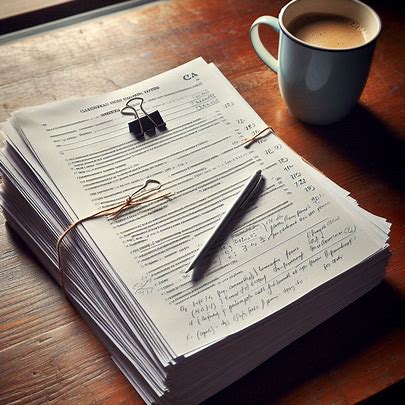Uncovering History: 10th Grade Semester 1 (SA1) Question Paper (2017)
The year 2017—a time when pencils scratched paper, minds raced, and dreams hung in the balance. The 10th Class SA1 question paper 2017—a portal to knowledge, a bridge between preparation and performance. Let’s step back into that moment and explore the inked footprints of the past.
1. 10th class sa1 question paper 2017
The Secondary Assessment 1 (SA1) exams—a pivotal phase for 10th-grade students. These assessments weren’t mere evaluations; they were checkpoints, signposts on the academic journey. Let’s delve into the significance of the SA1 question papers.
Why Past Papers Can Be Helpful
- Understanding Exam Format: Familiarize yourself with the structure of the question paper, including the number of sections, types of questions (multiple choice, essay, etc.), and weightage given to different topics.
- Identifying Key Areas: Analyze past papers to see which topics are frequently tested. This helps you prioritize your studies and focus on areas that might require more attention.
- Practicing Time Management: Time yourself while attempting questions from past papers to develop effective time management skills crucial for the actual exam.
- Self-Assessment Tool: Use past papers to gauge your understanding. Grade your attempts to identify your strengths and weaknesses, allowing you to target areas needing improvement.

2. The Examination Format
- Structured Assessment: SA1 exams evaluated theoretical knowledge and practical application.
- Objective and Subjective Components: From multiple-choice questions to essay writing, students faced a comprehensive assessment.
3. The Subjects
The SA1 question papers spanned subjects, each a universe waiting to be explored:
- Telugu: A language steeped in cultural and linguistic significance.
- English: Essays, comprehension, and creativity.
- Mathematics: Numbers danced, equations whispered secrets.
- Science: Physics, chemistry, biology—the cosmos within a paper.
- Social Studies: History, geography, civics—the tapestry of civilizations.
4. The Challenges
- Precision: Students balanced conciseness with depth, aiming for precise answers.
- Application: Concepts weren’t abstract; they were tools to solve problems.
- Time Management: The clock ticked, urging completion.
Alternative Resources for Exam Preparation
Past papers are a helpful tool, but don’t forget to explore these additional resources:
- Textbooks & Class Notes: Review your textbooks and class notes thoroughly. These are the primary source materials for the exam and will cover the tested concepts in detail.
- Sample Papers & Online Resources: Many educational websites offer sample question papers and online practice tests designed to mimic the format of the actual exam. Utilize these resources to test your knowledge and identify areas needing improvement.
- Study Guides & Workbooks: Supplement your studies with topic-specific study guides or workbooks designed for your class and board.
Download Question Paper pdf – Click here
5. Beyond the Marks
Beyond numerical scores lay growth—the thrill of understanding, the camaraderie of shared struggles, and the resilience to face the unknown.
6. The Legacy
Due to unforeseen circumstances, the first terminal examination was postponed. But the SA1 question papers bridged the gap. They revealed patterns, hinted at what lay ahead, and prepared students for the grand finale—the public exams in March 2018.
In Conclusion
The 10th Class SA1 question paper (2017) wasn’t just an assessment; it was a stepping stone. As we celebrate progress, let’s honor the inked footprints of our past—the questions that shaped our futures.
